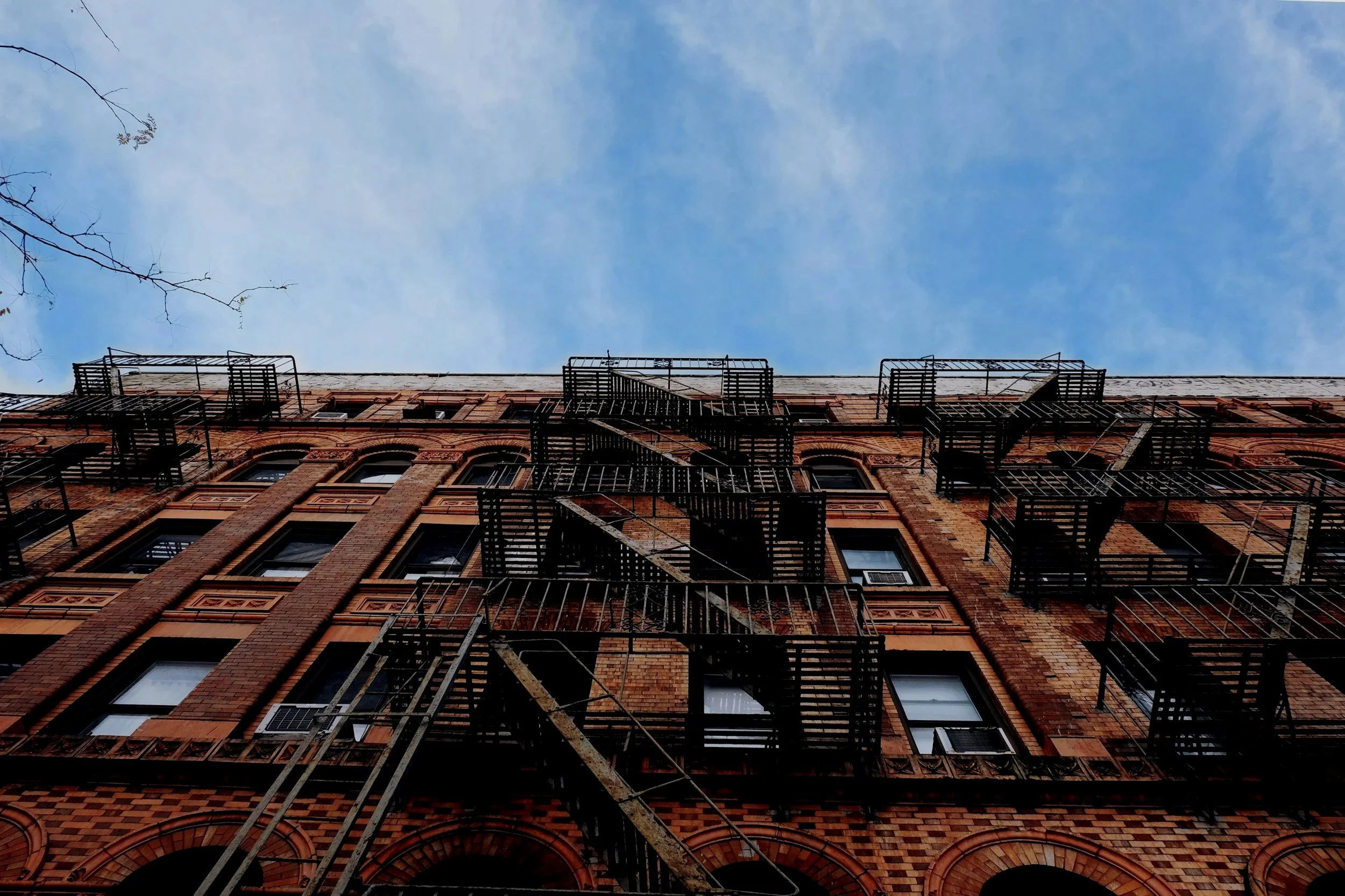
Building Department Services
What are Building Department Services?
Building Department Services involve managing the filings, approvals, and inspections required by the NYC Department of Buildings (DOB) to begin, modify, or complete construction work. These services cover permit applications, plan reviews, job sign-offs, Certificates of Occupancy, and resolution of DOB objections or violations. They are essential for keeping projects compliant, active, and legally documented throughout all phases of development.
Non-Complying Buildings
Buildings that were legally built under older regulations but no longer meet current zoning or building codes.
Examples include buildings exceeding current height or lot coverage limits.
These structures are typically “grandfathered” and can remain as-is unless major alterations are proposed.
Significant changes or renovations may trigger the need for compliance with updated codes.
As-of-Right Buildings
Projects that comply fully with zoning and building codes, proceeding without special permissions.
Avoids public hearings or discretionary reviews, streamlining the approval process.
Common for developments within limits for height, setbacks, and lot coverage.
Proper planning is still essential to avoid unexpected delays or violations.
Discretionary Action
Special permissions for projects that deviate from NYC zoning or building codes.
Includes variances for exceeding height limits or special permits for unique uses.
Often involves reviews by the Board of Standards and Appeals (BSA) or City Planning Commission.
Requires detailed applications, public hearings, and potentially environmental impact studies.
Signs
Regulated by the DOB to ensure safety, zoning compliance, and aesthetic consistency.
Outdoor signs like billboards or illuminated signage typically require permits.
Residential and historic zones impose stricter rules on sign size and placement.
Improperly installed or unpermitted signs can result in fines or removal orders.
Building Bulk Analysis
Analyzes a building’s size, shape, and placement to ensure zoning compliance.
Evaluates floor area ratio (FAR), lot coverage, setbacks, and height restrictions.
Prevents zoning violations or costly redesigns.
Helps maintain neighborhood character and zoning district standards.
Alterations
Changes to an existing building, ranging from minor updates to major structural work.
Classified into Type 1 (requires new Certificate of Occupancy), Type 2 (no change in use/occupancy), and Type 3 (minor work such as facade repairs).
All alterations must meet current NYC Building Code requirements.
Correct classification is critical to avoid permitting and inspection issues.
Renovations
Improvements or upgrades to a building’s functionality, appearance, or condition.
Examples: interior remodels, facade restorations, energy-efficient updates.
Must comply with NYC Building Code and often require permits and inspections.
Even small renovations may trigger compliance requirements for safety or structural systems.
Construction Equipment
Temporary equipment used on construction sites (cranes, scaffolding, sidewalk sheds).
Requires DOB permits and must meet safety standards.
Routine inspections ensure safe operation.
Non-compliance can result in work stoppages, fines, or project delays.
Demolition
The partial or complete removal of a building or structure.
Requires permits, asbestos clearance, and detailed safety plans.
Safety measures include debris control, dust mitigation, and adjacent property protection.
Coordination with utilities and neighbors is essential for smooth execution.
Certificate of Occupancy (COO)
A document certifying a building’s legal use and compliance with codes.
Required for new buildings, major renovations, or changes in use.
Involves multiple inspections to verify compliance.
Without a valid COO, a building cannot be legally occupied.
Site Safety Plan
A DOB-required document for high-risk construction projects.
Details safety measures, emergency procedures, and equipment requirements.
Mandatory for projects with cranes, scaffolding, or hazardous materials.
Must be updated as projects progress.
Tenant Protection Plan (TPP)
Ensures tenant safety during construction or renovation in occupied residential buildings.
Outlines measures to minimize dust, noise, and restricted access.
Required for all occupied building work under DOB rules.
Non-compliance can result in fines, violations, or tenant disputes.
The Importance of Following NYC DOB Protocols
Public Safety: Prevents collapses, fires, and hazards; ensures safe systems.
Legal Compliance: Avoids fines, violations, Stop Work Orders, and delays.
Quality Assurance: Ensures construction meets approved plans.
Smooth Project Progression: Streamlines approvals and avoids bottlenecks.
Financial Protection: Prevents costly rework and reduces liability.
Environmental Responsibility: Enforces energy code compliance and green practices.
By adhering to DOB protocols, property owners can ensure safe, legal, and efficient construction practices while avoiding costly risks.
At Post & Lintel, Our Building Department Services Include:
Permit Applications – Preparing and submitting applications for construction, alteration, and occupancy permits.
Plan Filing – Submitting architectural and engineering plans for DOB review and approval.
Code and Zoning Review – Reviewing documents for compliance with DOB codes and zoning rules.
Expediting Services – Coordinating with DOB to streamline filings and approvals.
Post-Approval Amendments (PAA) – Managing updates to approved filings.
Violation Resolution – Assisting with DOB violations and compliance issues.
Sign-Off and Close-Out – Coordinating final inspections and paperwork for project closeout.
For coordination, permitting support, or regulatory management related to your project, please visit our Contact Page.
For more information about codes, filings, and DOB requirements, visit NYC DOB
